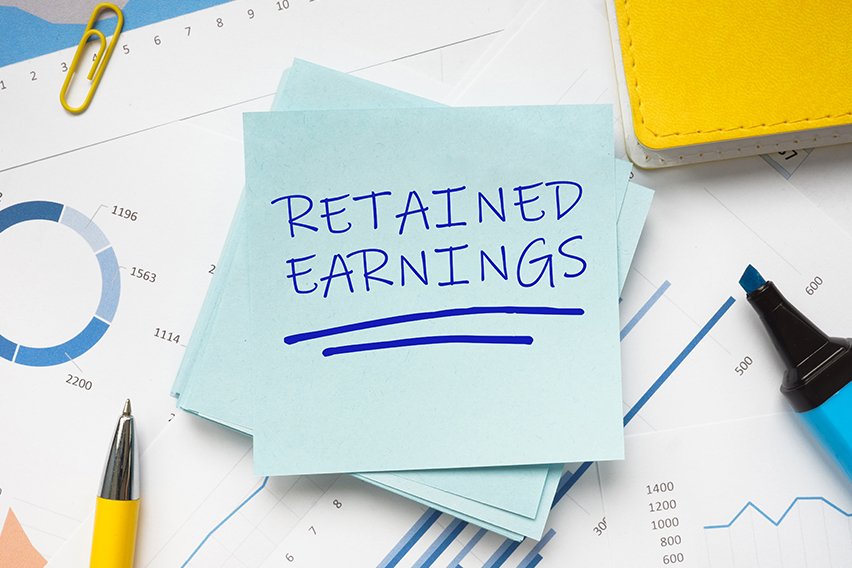What Is Off-Balance Sheet Financing? Definition & Example

Off-balance sheet financing is the use of debt or equity instruments to raise funds. This is done without recording them on a company’s balance sheet. This type of financing differs from traditional forms in that it doesn’t show up on the balance sheet. This can make off-balance sheets attractive for companies looking to finance projects that would otherwise be difficult. Off-balance sheet financing has many benefits. It also comes with risks and disadvantages, which are discussed later in this article.
This article will also talk more about what off-balance sheet financing is and why it’s used. You’ll also learn much more about this interesting form of financing.
Here’s What We’ll Cover:
What Is Off-Balance Sheet Financing?
Why Is Off-Balance Sheet Financing Used?
How Is Off-Balance Sheet Financing Different from On-Balance Sheet Financing?
What Are the Drawbacks of Off-Balance Sheet Financing?
What Is Factoring and Is It Off Balance Sheet?
What Is Off-Balance Sheet Financing?
Off-balance sheet financing is a form of financial, non-recourse debt that companies use to raise more capital. It is one of many accounting principles companies use. They typically raise more capital than what they would put up if the project were shown on their books. This means that it doesn’t show up on the company’s balance sheet as a liability. Off-balance sheet financing can also be used by companies to reduce the amount of capital they have to put up for a project. It helps keep their leverage ratios looking healthy.
Off-balance sheet financing is also known as “off-balance sheet items”. Other names include “non-recourse financing” and “external financing.” In off-balance sheet financing, a company projects cash flows from future operations to make their financial position look strong. They do this through the use of special-purpose entities (SPEs). This type of financing has no impact on the company’s financial statements.

Why Is Off-Balance Sheet Financing Used?
Off-balance sheet financing is often used to finance projects that would otherwise be difficult. For example, companies may want to grow their businesses by building new facilities. However, they may not have the money to do so. They could try to finance this project with traditional types of financing. These include bank loans or issuing stock or convertible debt. Those options would increase their debts on the balance sheet. This might make them look financially unstable and cause problems for their shareholders.
Another example is when companies need to raise funds without increasing the debt load on their balance sheet. This could be due to various reasons such as:
- Working capital
- Inter-company transfers
- Intra-company loans
- Investment in subsidiaries
A company’s use of off-balance sheet financing depends on the type and the source of the funds. For example, a company may choose to raise funds from shareholders or by getting an unsecured bank loan. The benefits and risks associated with each choice will also vary.
Since off-balance sheet financing doesn’t impact a company’s balance sheets, it can be used when traditional forms of financing might not be an option. It is considered a permissible accounting method for gathering funds. Transactions must also meet certain conditions in order to be considered off-balance sheet financing. This includes being clearly disclosed and not involving any guarantees from the company. It also must only include the rights to future cash flows from a single project or a well-defined group of projects.
In general, companies that use off-balance sheet financing enjoy more financial flexibility. They can access cash when they need it and not face any penalties. They can do so without impacting their financial ratios. However, there is a risk of being used for disingenuous reasons. This is why it’s important to carefully disclose transactions that would qualify as off-balance sheet financing.
How Is Off-Balance Sheet Financing Different from On-Balance Sheet Financing?
Off-balance sheet financing and on balance sheet financing are very different in how they’re reported. This means they also come with very different benefits and risks. On-balance sheet financing is listed as an asset and a liability. Debt and equity items are included on the balance sheets.
However, those that use off-balance sheet financing don’t record them as liabilities. This means they don’t show up on their balance sheets at all. They remain outside of it. This is an important benefit since it doesn’t impact the company’s balance sheet ratios. For example, the debt-to-equity ratio remains unchanged. This is good for investors, This means companies are able to finance projects without showing them on their books.
It’s also important to note that off-balance sheet financing has a risk of being misused. Firms can use off-balance sheet financing for disingenuous reasons. One of the most common examples is using it to hide debts or losses on their books. This has happened with many companies in the past.
Another example is when businesses move liabilities off their balance sheets via special purpose entities (SPEs). They do this by creating and selling their assets to them. Another example of this is when companies transfer business risks through special-purpose entities (SPEs). This usually involves moving debt onto the SPE’s balance sheet. They would be responsible for servicing it and repaying any interest or principal amount.
What Are the Drawbacks of Off-Balance Sheet Financing?
One of the main issues related to off-balance sheet financing is that it can be used as a loophole. Companies might try to use this type of financing for disingenuous reasons such as hiding losses or debts from their balance sheets. They may actually be a credit risk. This has happened numerous times in the past. Examples include companies like Enron and WorldCom. These companies have been caught using off-balance sheet financing to hide their true financial conditions.
Another drawback is that the company may have more liabilities than expected. For example, an off-balance sheet financing transaction might have certain clauses, covenants or triggers that must be met for it to remain off the books. If they aren’t met then these transactions will come back onto the company’s balance sheet. This can have negative impacts on the company, especially if it happens out of the blue.

What Is Factoring and Is It Off Balance Sheet?
Factoring is a type of financing that uses the accounts receivables as its source of funding. The company gives up its right to collect on the invoices it issues in exchange for a discounted value. This creates a type of loan where customers must pay back the finance provider before they can get their original invoices back.
These transactions are considered off-balance sheets since they’re not included on the company’s balance sheet. It’s important to mention that factoring is different from selling accounts receivables. The main difference is that with Factoring, the financing provider doesn’t take ownership of the invoices until it receives payment from its customers.
Key Takeaways
Off-Balance Sheet Financing is a type of financing that is used by companies to finance projects without showing them on their books. According to current accounting rules, off-balance sheet financing is an acceptable accounting practice. Off-Balance sheet transactions are not included in the company’s balance sheets. This means they don’t impact any ratios like debt-to-equity ratio. It’s a good way to mask long-term debt. Some people call this “incognito leverage.”
They also come with certain benefits and risks. These include misuse or loopholes. Factoring is one example of an off-balance sheet transaction. It doesn’t include accounts receivables on its financial statements. Instead it uses these assets as collateral for loans from financial providers.
This article discussed off-balance sheet financing in depth. You learned about topics from why companies use it, to drawbacks and much more. Hopefully, this article answered your questions about off-balance sheet financing.
Did you enjoy reading this guide? Head over to our resource hub for more great content!
RELATED ARTICLES

 What Are Retained Earnings? Definition, Examples & Calculation
What Are Retained Earnings? Definition, Examples & Calculation Cost Method: An Accounting Guide
Cost Method: An Accounting Guide What Is TTM (Trailing Twelve Months) in Finance?
What Is TTM (Trailing Twelve Months) in Finance? Average Collection Period: Overview, Formula & Example
Average Collection Period: Overview, Formula & Example What Is Conservatism in Accounting: Definition & Principle
What Is Conservatism in Accounting: Definition & Principle How to Calculate CapEx (Capital Expenditure): Formula & Examples
How to Calculate CapEx (Capital Expenditure): Formula & Examples